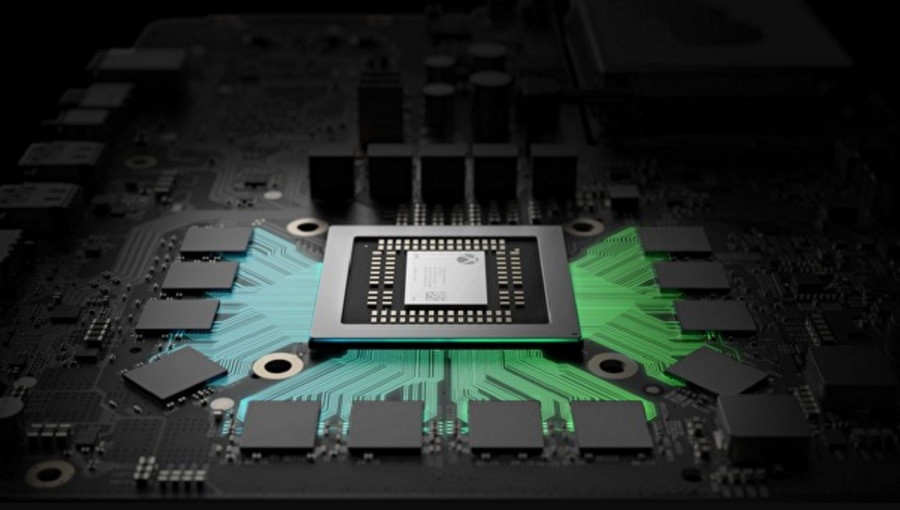
Microsoft revealed details on its Xbox Scorpio game console on Thursday, giving exhaustive specifications on the hardware that will go into its next gaming machine.
So begins a series of revelations that will take us through E3, the big game industry trade show in June, and an eventual launch in the holidays of 2017. It was a limited reveal, with no information yet on the games, the operating system, the user interface, the industrial design, the price, or the myriad other details associated with a major game console launch.
In this case, Microsoft reiterated information about the hardware — performance of 6 teraflops and bandwidth of 320 gigabytes per second — that it first hinted at E3 2016 last June. It explained the hardware decisions and some of the remarkable feats that this machine will do — playing games at 4K resolution at 60 frames per second — while still being affordable to consumers.

I’m not ready to pass judgment, other than to say that those hardware specs are impressive, and they will put Microsoft ahead of its competition — though not ahead of the high-end PC — in impressing the power-hungry gamer. But I do find it interesting how Microsoft approaches its console revelations. I’ve witnessed some very big moments in console history — the original Xbox in 2000-2001, the Xbox 360 in 2005, and the Xbox One in 2013. In each case, in those past revelations, some things went very wrong, while some things were very well executed.
In 1999, Next Generation magazine spilled the beans on the first Xbox, well before the launch took place in November, 2001. That gave Sony plenty of time to move fast with the launch of its PlayStation 2, and it dominated that generation of consoles. Microsoft was playing catch-up, and it lost billions on that original effort as it rushed a high-cost console with off-the-shelf parts to market. During that round of competition, Microsoft chose to make its big revelation at the Game Developers Conference, in March 2000, when Bill Gates addressed a crowd of game developers. It chose to target a distinctly American event with a console that could help revive U.S. console game developers.
With the Xbox 360, Microsoft was in a rush to stop the financial bleeding, and it wanted to launch ahead of Sony. Its message was more global when it debuted the machine in 2005. Everyone thought that Microsoft would reveal its console at GDC 2005, but Microsoft’s J Allard gave a speech where he only announced tools for making next-generation games. For the Xbox 360, Microsoft leveled up its game by announcing the console in May 2005 in a special TV show on MTV. That was an indication that Microsoft wanted to enlist a larger consumer base, rather than just focus on hardcore gamers and developers.
Sadly, Microsoft moved a little too fast. It beat Sony and Nintendo to market, but it also suffered the Red Rings of Death, or hardware failures on a massive scale. In spite of that, Microsoft’s…

